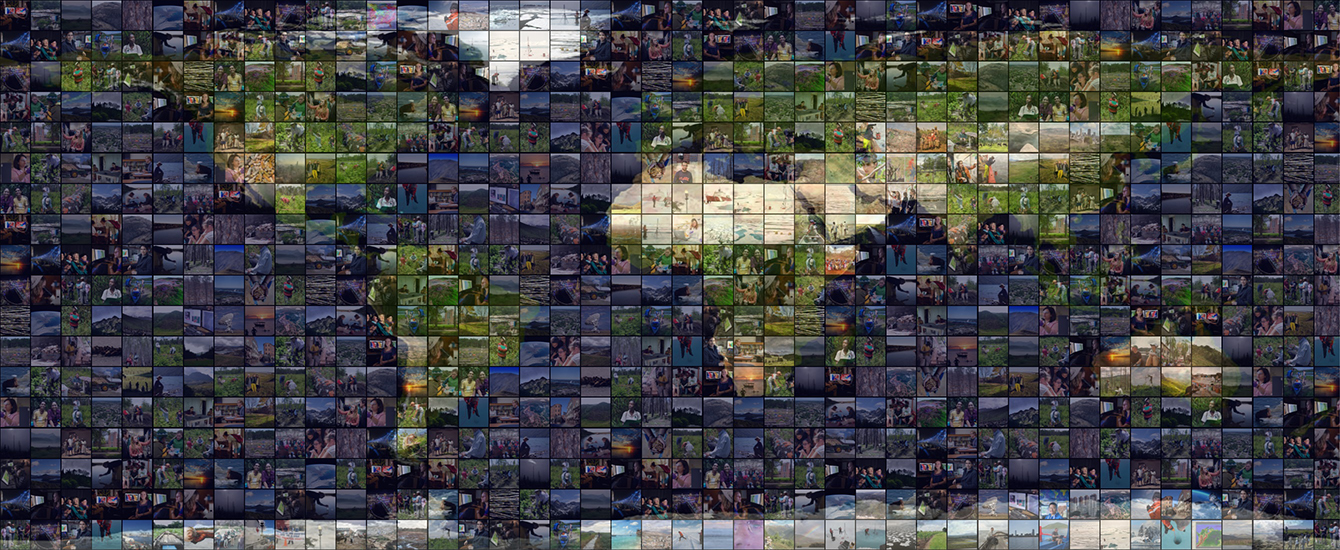Geography
Measuring the physical composition of urban morphology using multiple endmember spectral mixture models
Abstract
The application of multiple endmember spectral mixture analysis (MESMA) to map the physical composition of urban morphology using Landsat Thematic Mapper (TM) data is evaluated and tested. MESMA models mixed pixels as linear combinations of pure spectra, called endmembers, while allowing the types and number of endmembers to vary on a per-pixel basis. A total of 63 two-, three-, and four-endmember models were applied to a Landsat TM image for Los Angeles County, and a smaller subset of these models was chosen based on fraction and root-mean-squared error (RMSE) criteria. From this subset, an optimal model was selected for each pixel based on optimization for maximum area coverage. The resultant endmember fractions were then mapped into four main components of urban land cover: Vegetation, Impervious surfaces, Soil, and Water/Shade. The mapped fractions were validated using aerial photos. The results showed that a majority of the image could be modeled successfully with two- or three-endmember models. The validation results indicated the robustness of MESMA for deriving spatially continuous variables quantified at the sub-pixel level. These parameters can be readily integrated into a wide range of applications and models concerned with physical, economic, and/or socio-demographic phenomena that influence the morphological patterns of the city.



